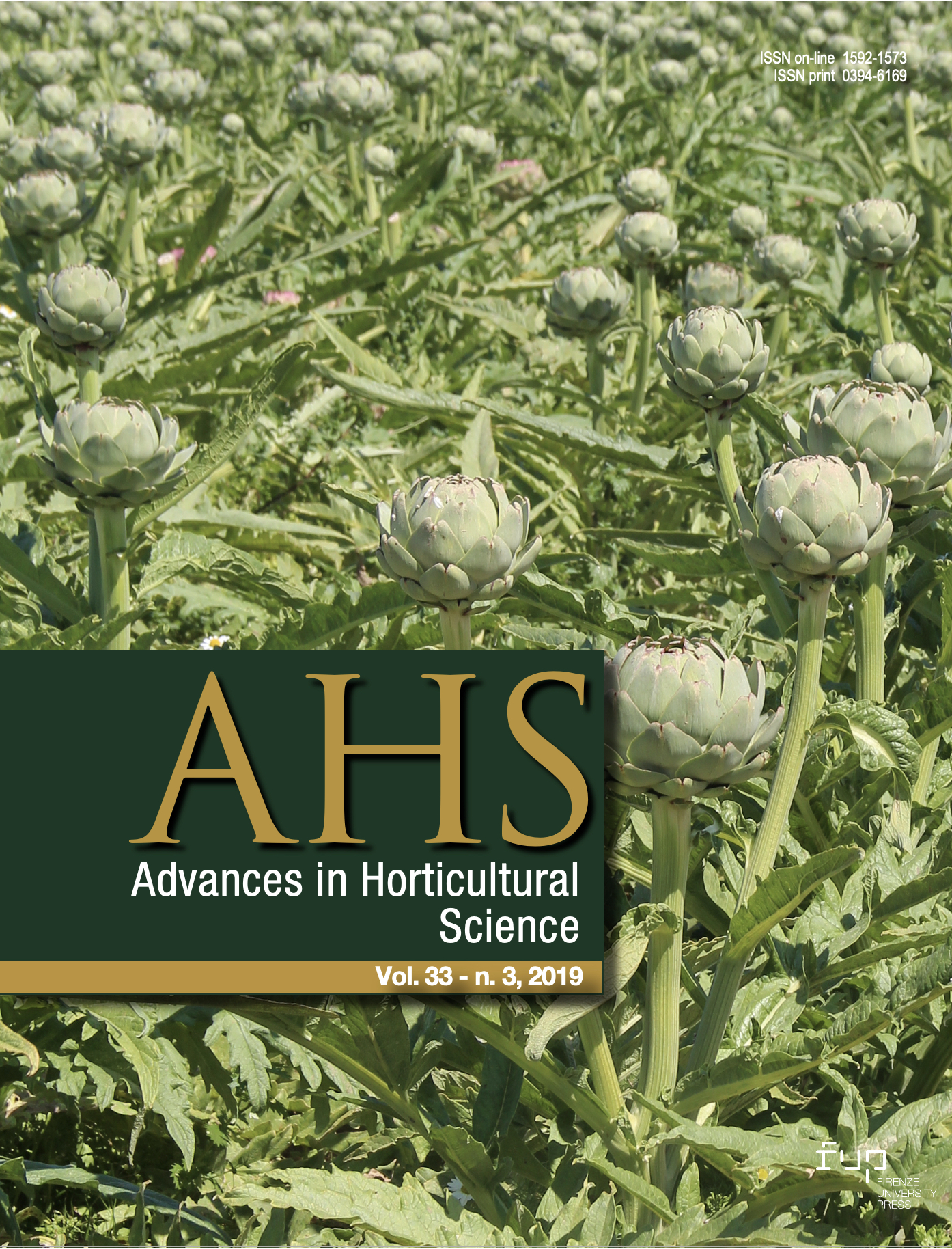Published 2019-10-29
Keywords
- antioxidant,
- bermudagrass,
- cool-season turfgrasses,
- electrolyte leakage
How to Cite
Abstract
Drought stress is one of the most important factors which reduce turfgrass growth and quality in the area with restricted rainfall or irrigation water supply. Using resistant species and varieties can be a useful management program for reducing irrigation requirement in turfgrass. The present study was carried out to examine the physiological changes of four species turfgrass in response to drought stress conditions. The rhizomes of bermudagrass, and seeds of tall fescue, perennial ryegrass and kentucky bluegrass were cultivated at the greenhouse in PVC pots (20 cm in diam., 20 cm long). After four months, when the seedlings well established, drought stress was applied in 100% field capacity (FC), 75% FC, 50% FC and 25% FC. Proline, electrolyte leakage (EL), malondialdehyde (MDA), relative water content (RWC), chlorophyll, catalase (CAT), superoxide dismutase (SOD) and peroxides (POD) was measured. All species showed an ability to tolerate drought stress, but tall fescue exhibited more tolerance, with a higher RWC and proline content. Tall fescue also revealed higher CAT, SOD, POD activities and lowest MDA, EL. This study found that kentucky bluegrass was more vulnerable to severe water stress, and displayed the highest MDA and EL as compared to the other examined species.






